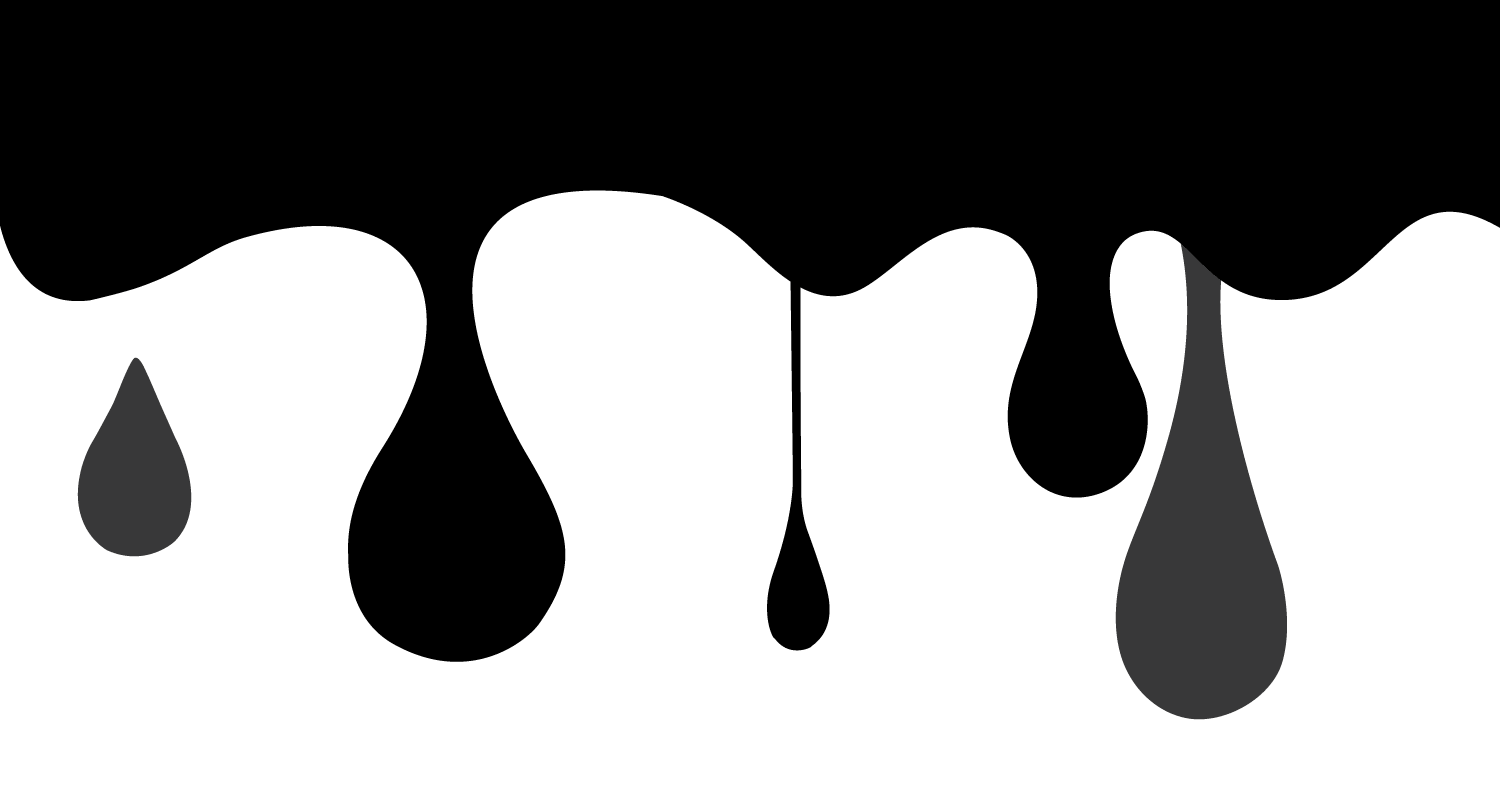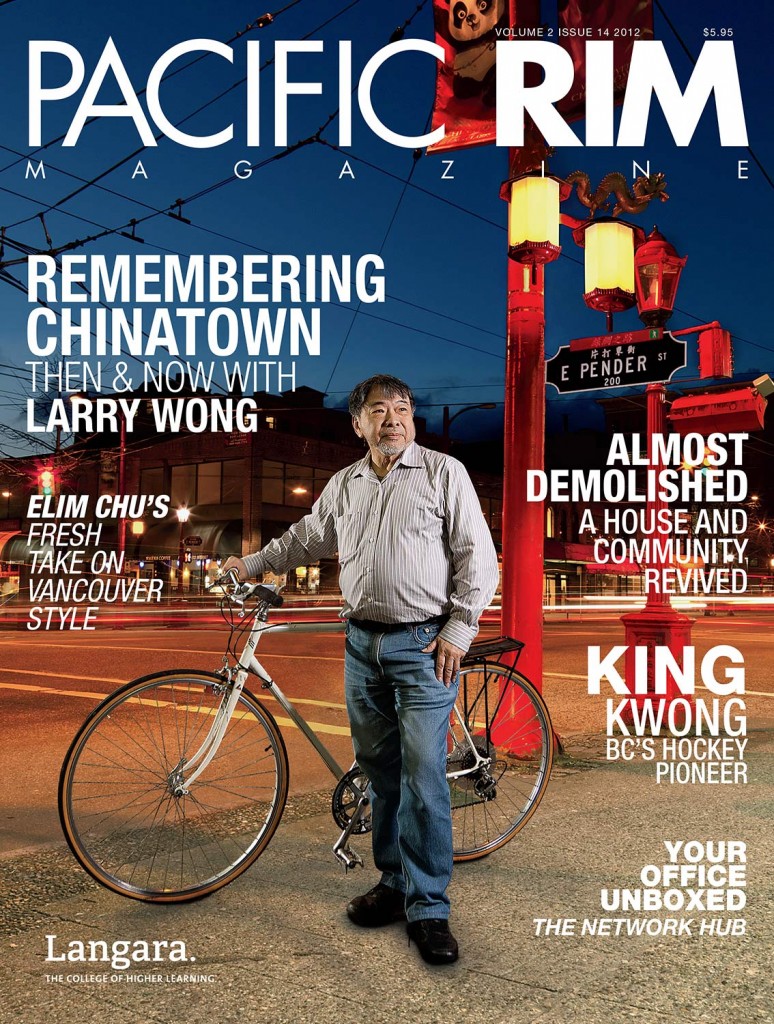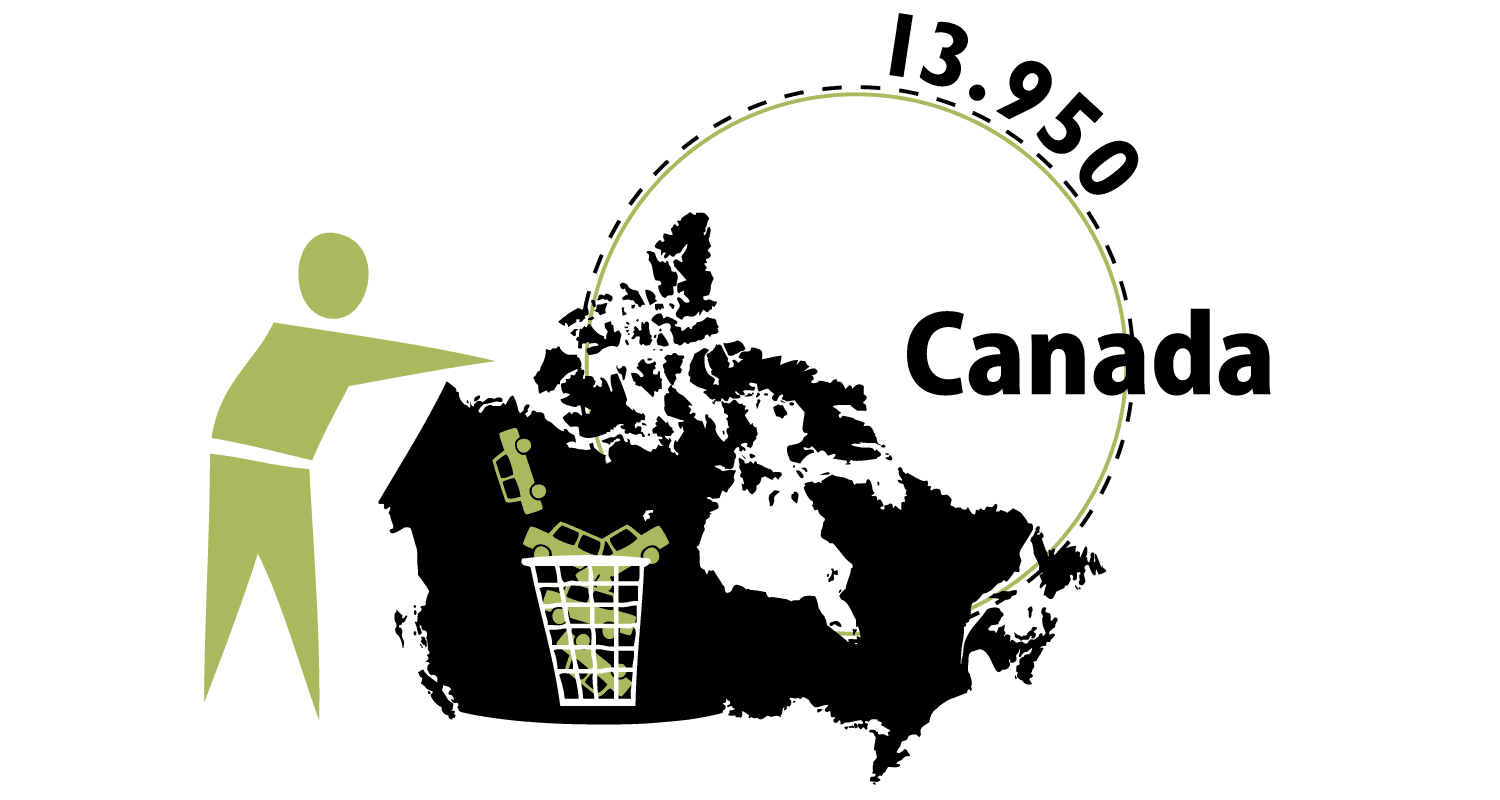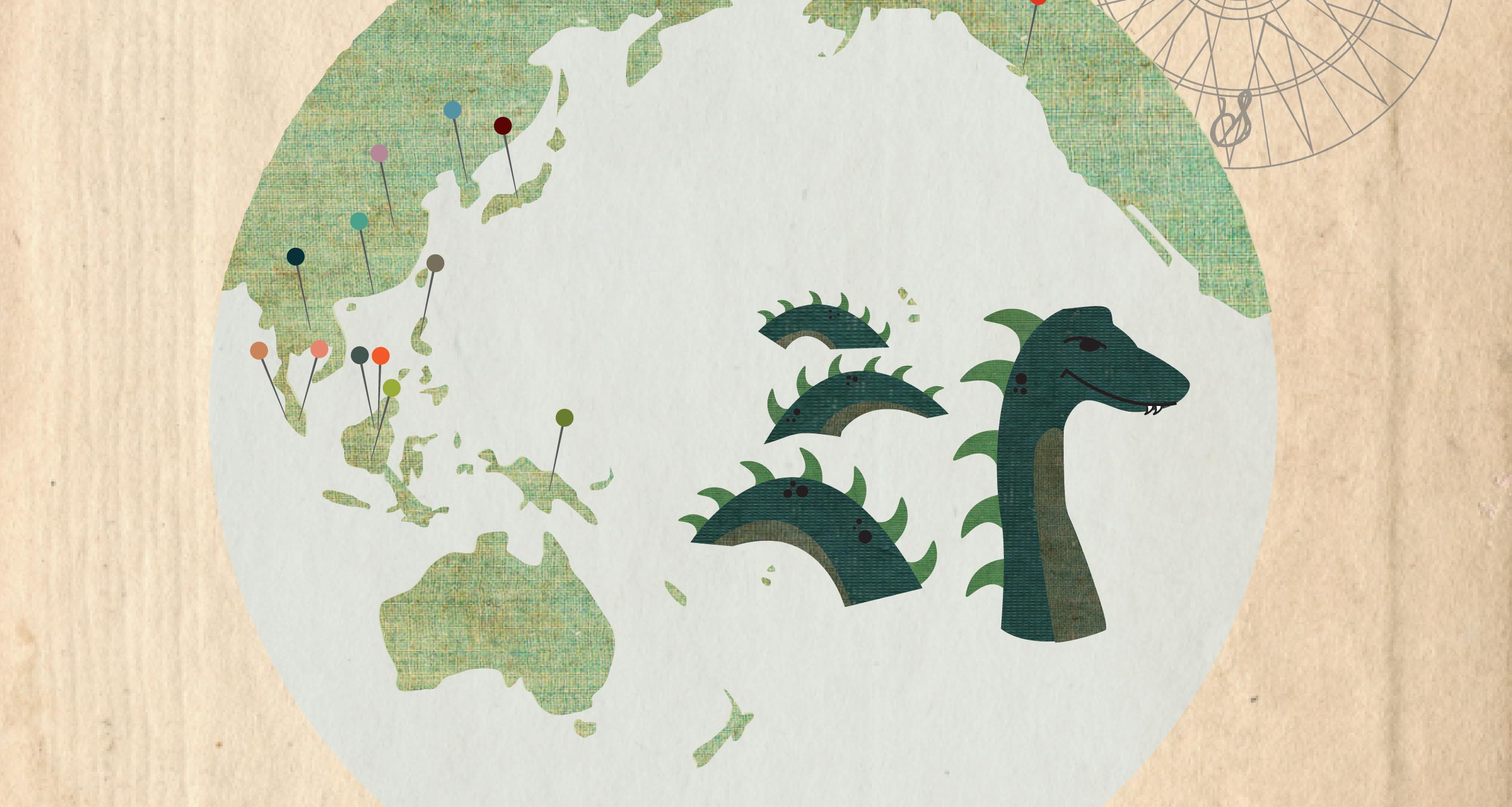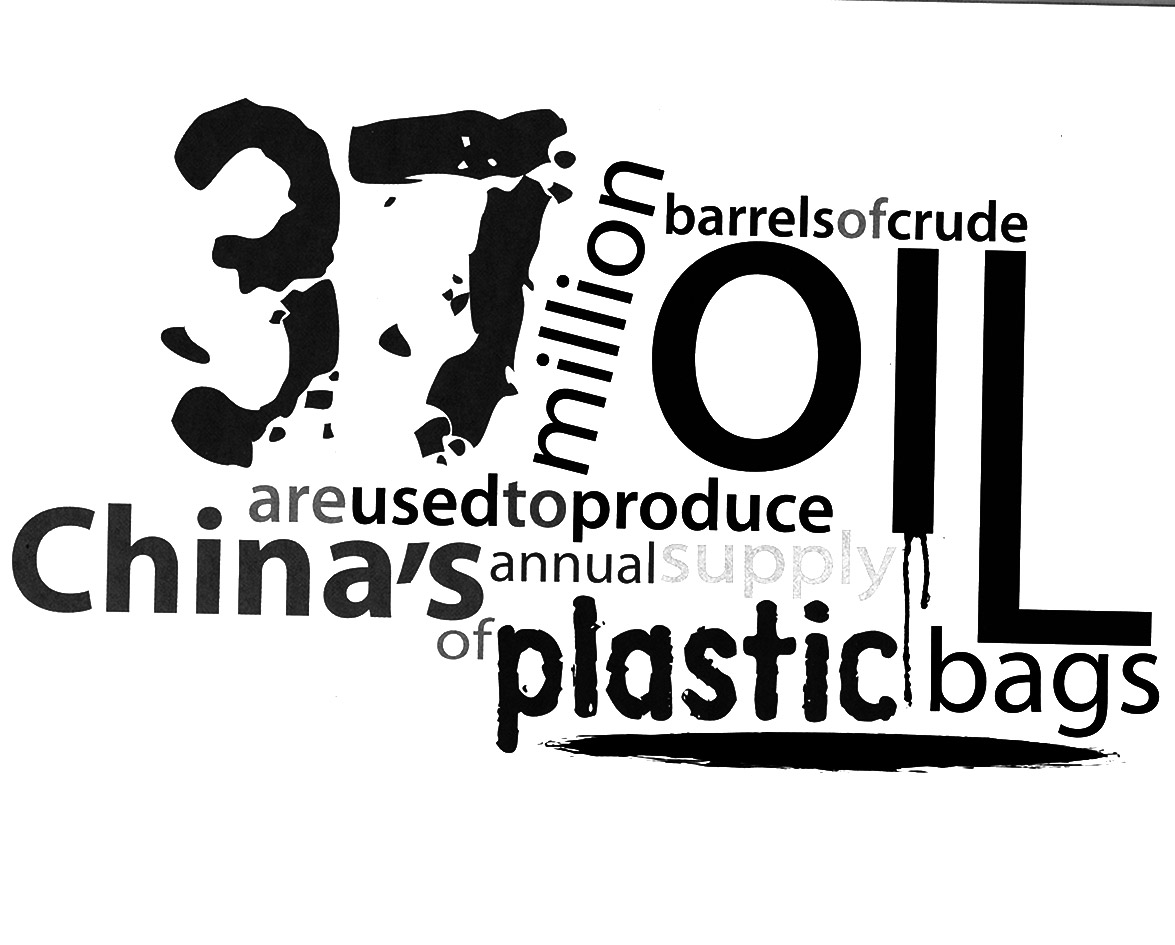Oil’s Crude Future
The fossil fuel industry causes damage to the environment through prospecting and extraction, emissions, by-products, and crises such as the BP oil spill of 2011. There are still huge strides to be made in reducing the predominance of fossil fuel generated energy in the Pacific Rim.
Brunei
Fossil fuel products account for more than half of GDP and 90% of its exports. Brunei produces 100% of its energy using fossil fuels. It has no structures in place for alternative energy production.
Canada
Has the second largest oil reserves in the world. It produces more carbon emissions per capita than any other Pacific Rim country—although only 28% of its energy is derived from fossil fuels. Canada has 70% of the world’s natural bitumen (a form of petroleum) tied up in Alberta’s tar sands. Calgary-based Enbridge, Inc. is proposing the Northern Gateway pipeline project to transport bitumen to a deep-sea port in Kitimat, British Columbia. If implemented, this pipeline would facilitate trade with the Asia-Pacific Rim and potentially increase Canada’s GDP by $270 billion over 30 years. However, this proposal is being met with resistance from environmentalists and many of the 50 First Nations groups whose territories it would affect. The pipeline would cross 1,000 streams and rivers, including five major salmon rivers. The potential for oil spills is high. Building the pipeline would also mean sending large oil tankers through B.C. where, until now, there has been a moratorium on this type of traffic in the interest of protecting sensitive species.
China
China is the world’s fifth largest producer and third largest importer of oil. It is both the largest producer and largest consumer of coal, making up 50% of the world’s coal consumption. China’s electricity is 80% coal-generated and its dependence on coal is rising. China increased its output of coal by 8.7% between 2010 and 2011, producing 3.88 billion tonnes, and that figure is likely to exceed four billion in 2012.
Japan
Japan is the fourth largest oil consumer, relying on imported oil and natural gas. It is the world’s third-largest consumer of nuclear power, but has had to substantially cut nuclear power generation after 2011s tsunami. This power deficit has sparked an initiative to reduce the consumption of energy by 15%, but in the meantime, Japan is supplementing with fossil fuel generated power.
Malaysia
In the Asia-Pacific Rim, Malaysia has the second largest oil reserves, next to China. Petronas, Malaysia’s state oil producer, makes up 40% of government income. Petronas, and international company Murphy Oil, control Malaysia’s deepwater oil field, Kikeh. They are working to develop more deepwater oil fields. Malaysia’s central location and proximity to shipping routes makes it a strong candidate for storing and trading oil as domestic and overseas demand for oil increases.
Papua New Guinea
Papua New Guinea stands to increase its GDP by 20% to 50% through the largest resource extraction project it has ever seen: an over USD$15 billion liquefied natural gas production facility now in construction by ExxonMobil. The facility is intended to begin production in 2014, but its progress has been delayed several times by local landowners. The first oil refinery in Papua New Guinea’s history opened in 2004. The country uses almost exclusively fossil fuel generated energy.
Gulf Of Thailand
In 2005, oil deposits were discovered in the Gulf of Thailand, including areas controlled by Thailand, Cambodia, and in the overlapping claims area. Thailand has a developed oil industry, and is benefiting from Chevron’s Platong II project, which began to produce oil in 2011. The reserves in Cambodian waters are scattered in small pools, making extraction difficult. Chevron, which is developing these pools, recently pushed back its oil production deadline until 2013. Cambodia relies on mostly diesel plants to produce energy. It operates without a national power grid and services only about 75% of demand. In contrast, Thailand seeks to reduce its reliance on natural gas, and expects its demand for oil to decrease.
The fossil fuel industry is embedded in the economies of Pacific Rim countries and around the world. Although livelihoods currently depend on it, there is hope for change as countries begin to develop cleaner infrastructures including alternative energy.
Editor’s note:
Pacific Rim Magazine would like to clarify a point made in the original print publication of this article.
The original story stated; “Building the pipeline would also mean sending large oil tankers through B.C. where, until now, there has been a moratorium on this type of traffic in the interest of protecting sensitive species.”
A Tanker Exclusion Zone (TEZ) is in place off the west coast of B.C. This is a voluntary tanker routing measure. It applies to loaded crude oil tankers transiting from Alaska to California. Further information regarding the TEZ is available via the Canadian Coast Guard: http://www.pacific.ccg-gcc.gc.ca/mcts-sctm/tez_e.htm.
Pacific Rim Magazine regrets any misunderstanding as a result of the original article.
Green Plans
Every day, countries around the world are becoming more aware of the negative effect human activity has on the environment. Some countries have started implementing sustainability plans. This means they are determined to meet the needs of the present, without sacrificing the ability of future generations to meet their needs. Countries along the Pacific Rim are leading the charge towards change with the following government initiatives:
Zero Carbon Footprints
Papua New Guinea has pledged to become carbon neutral. The country is aiming to decrease its greenhouse gas emissions by at least 50% before 2030, while working to become completely carbon neutral by 2050.
Organic Agriculture
Organic farming has taken off in South Korea in compliance with government policy to maximize farming productivity. In response to an outcry from consumers, the Ministry of Agriculture and Forestry encourages farmers to begin organic farming. In 2010, a farmer succeeded in the complicated task of growing organic apples for the first time in South Korea.
NEWwater
Singapore purifies and recycles most of its water. Their recycled water, called NEWwater, undergoes a process of microfiltration, reverse osmosis, and ultraviolet technologies. This process cleans the water so much that it depletes all of its minerals, which are restored in the final stages before it can be consumed again. Purified sewage and wastewater is currently being used in households and industrial environments. Singapore’s goal is to have NEWwater production increased 50% by 2061.
The Heart of Borneo
The Heart of Borneo is a conservation agreement between Brunei, Indonesia, and Malaysia. It aims to protect the forested region that encompasses almost one-third of the island of Borneo. This area is home to a number of primates, birds, reptiles, and amphibians that are unique to this geological location. Since the 2007 agreement, approximately three new species per month have been discovered in the Heart of Borneo, despite the fact that vast parts of this tropical rainforest are yet to be explored. Three years in, this agreement of conservation has become a WWF global priority.





